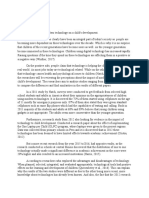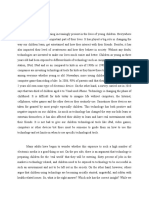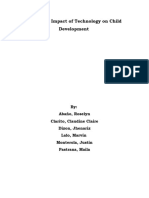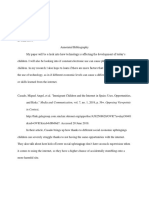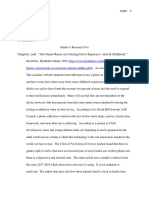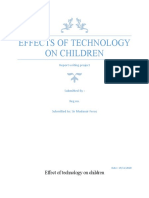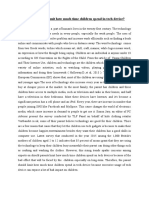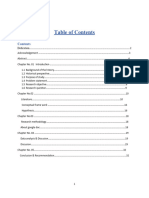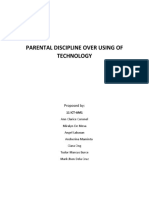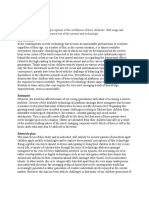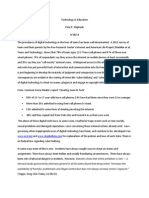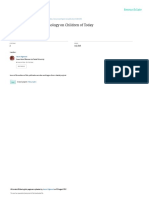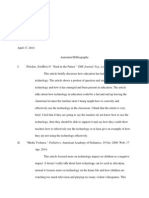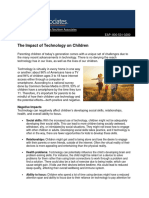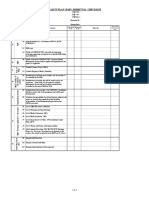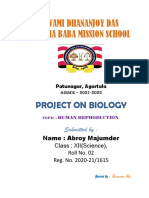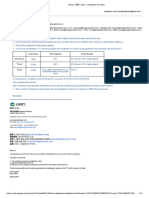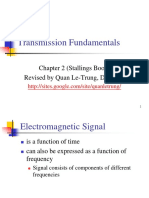0% found this document useful (0 votes)
18 views6 pagesTechnology
The document presents an annotated bibliography on the overuse of technology in children's lives, summarizing various studies that explore its impacts on health, cognition, and social behavior. Key findings indicate a mix of benefits and concerns regarding technology use, highlighting the need for further research and evidence-based guidelines. The bibliography includes perspectives from educators, parents, and children, reflecting a complex landscape of opinions and experiences related to digital media.
Uploaded by
kevinwaruingi8165Copyright
© © All Rights Reserved
We take content rights seriously. If you suspect this is your content, claim it here.
Available Formats
Download as DOCX, PDF, TXT or read online on Scribd
0% found this document useful (0 votes)
18 views6 pagesTechnology
The document presents an annotated bibliography on the overuse of technology in children's lives, summarizing various studies that explore its impacts on health, cognition, and social behavior. Key findings indicate a mix of benefits and concerns regarding technology use, highlighting the need for further research and evidence-based guidelines. The bibliography includes perspectives from educators, parents, and children, reflecting a complex landscape of opinions and experiences related to digital media.
Uploaded by
kevinwaruingi8165Copyright
© © All Rights Reserved
We take content rights seriously. If you suspect this is your content, claim it here.
Available Formats
Download as DOCX, PDF, TXT or read online on Scribd
/ 6



